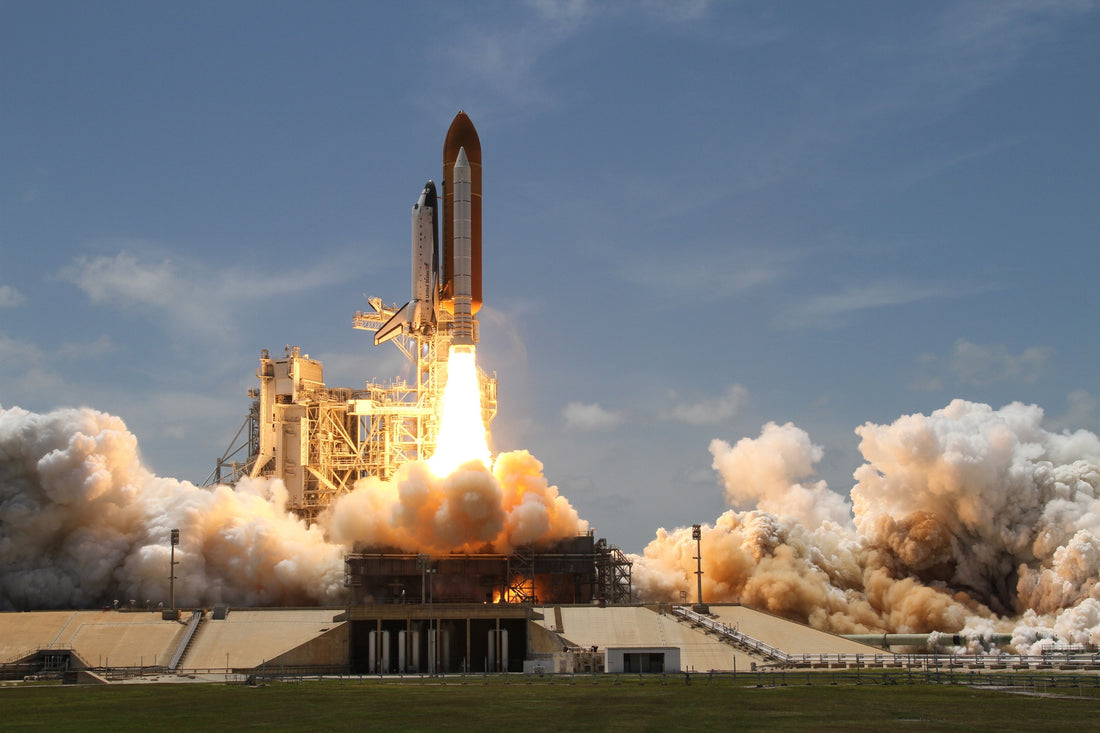When Babe Ruth signed with the Yankees in 1930 for $80,000, many thought it was absurd that a man would get paid so much to play a child's game. The Babe said, possibly apocryphally, "I had a better year than he did" because the salary was famously higher than the $75,000 paid to President Herbert Hoover.)
However, the Babe stood out a bit because no other Major Leaguer was paid as much for 17 years. This includes Ruth herself, who was given less money in 1932. However, starting in the 1950s, the average salary of the sport's highest-paid player almost always exceeded $1 million in current dollars. It is true that Bryce Harper pays that amount annually for hair products, but it was pretty good before billion-dollar TV deals.
The richest man in baseball has seen five significant increases in his salary over the past 50 years. In 1975, the first free agents were signed as a result of a significant decision, and salaries immediately began to rise. Andy Messersmith signed the first baseball free agency contract in 1976, a $1 million three-year deal. In 1977, the Phillies offered Mike Schmidt a contract that doubled the highest-paid player in baseball's history. At the time, it was worth $560,000, or $2.2 million today. Nolan Ryan won the first $1 million (approximately $3 million) in baseball in 1980. The deals for Bobby Bonilla in 1991—which paid 6.1 million dollars per year at the time and $11 million today—for Gary Sheffield in 1998—which paid $15 million and $22.5 million respectively—and Alex Rodriguez in 2001—which paid $22 million and $30 million respectively—began baseball's meteoric rise ten years later.
What about your typical Joe? The average player salary before the first CBA was signed in 1968 was $19,000, or $139,000 today. The first time annual salaries exceeded $1 million was in the early 1990s, taking inflation into account. Today, the annual salary is just over $4 million on average. According to Forbes, over the past 50 years, the average salary has increased by approximately 21,000 percent. That is 16 times faster than the increase in the typical American's salary.

